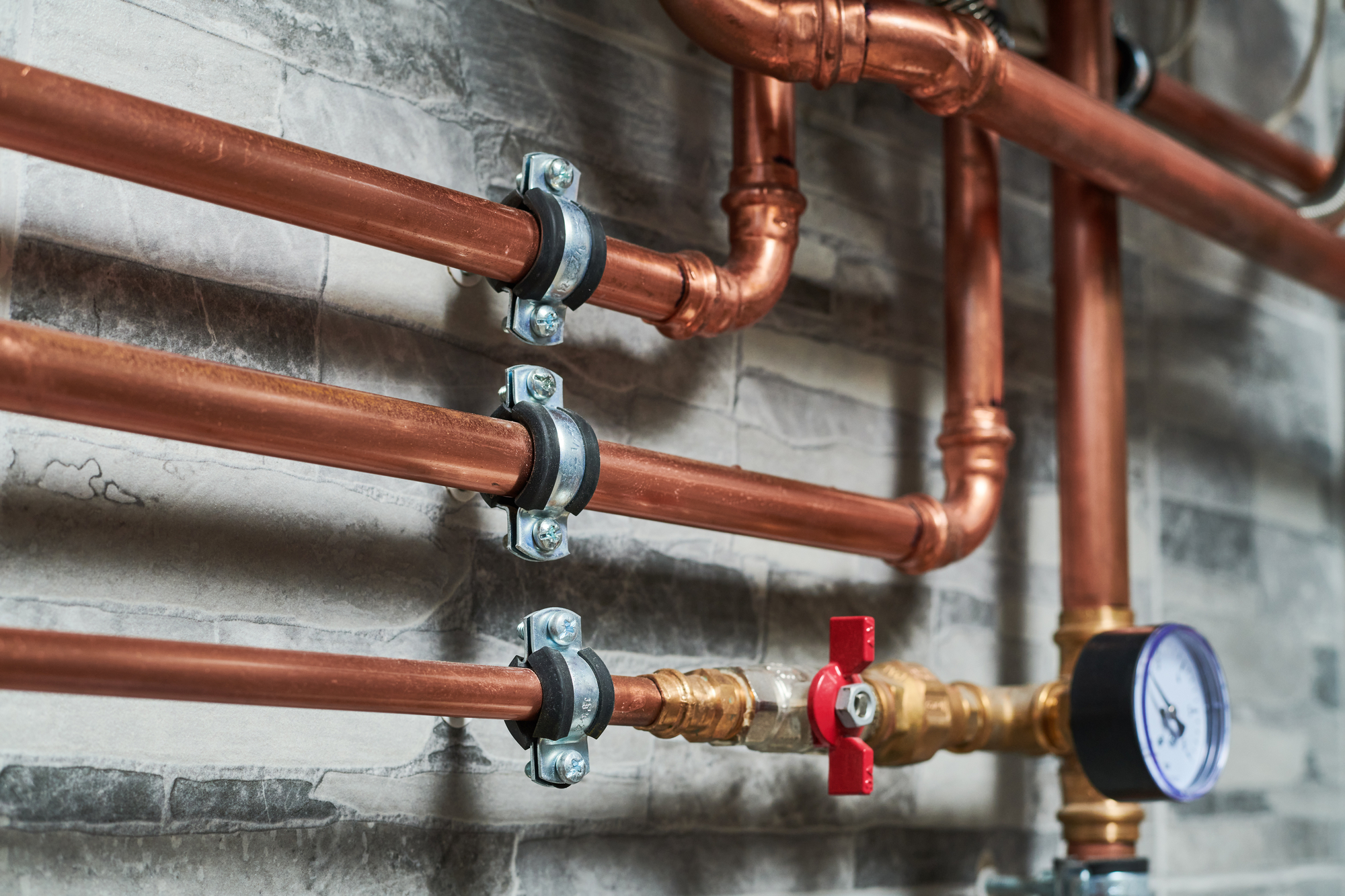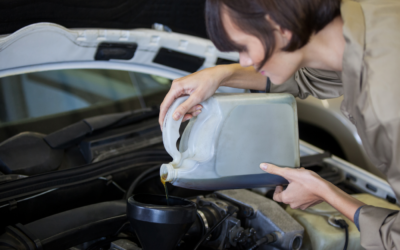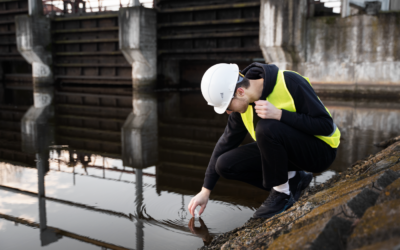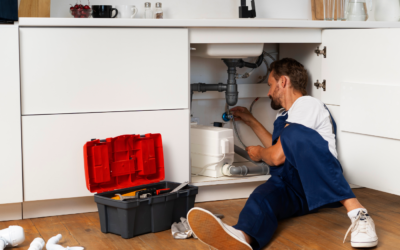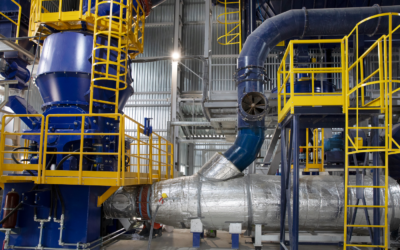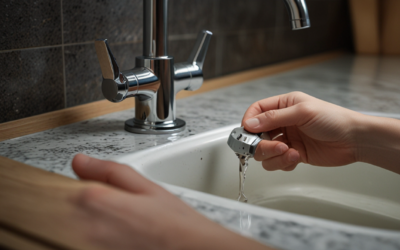If you are in need of plumbing services, it is important to know what types of materials your pipes and fittings are made from. In many cases, steel and copper may be found in the same plumbing system. For example, steel may be used for larger pipes and fittings, while copper may be used for smaller pipes and fittings. In these instances, it is often necessary to use a process known as steel to copper brazing.
Brazing is a process that is used to permanently join two or more pieces of metal together. It is different from welding in that it uses a filler material to bond the two metals together, rather than melting them together as in welding. Brazing is often used in plumbing systems, including HVAC systems, because it creates a strong seal that is resistant to leaks and corrosion.
However, steel to copper brazing requires a specific set of materials, skills, and techniques in order to be successful. Here are a few things you need to know about this process:

1. Choose the right brazing material.
Choosing the right brazing material is crucial to a successful steel to copper brazing project. Copper brazing rods are the best choice for joining steel to copper, as they have a lower melting point than other types of rods. In addition, they contain a high percentage of phosphorus, which helps to create a strong bond between the two metals.
2. Clean the surfaces.
Before brazing, it is important to clean the surfaces of both the steel and copper parts that will be joined. This will help to ensure that the brazing material adheres properly and creates a strong bond. Use a wire brush or sandpaper to remove any rust, corrosion, or dirt from the surfaces.
3. Apply flux to the joint.
Flux is a substance that helps to prevent oxidation during the brazing process. It also helps to distribute the heat evenly across the joint and promote the flow of the brazing material. Apply the flux to the joint using a brush or a syringe.
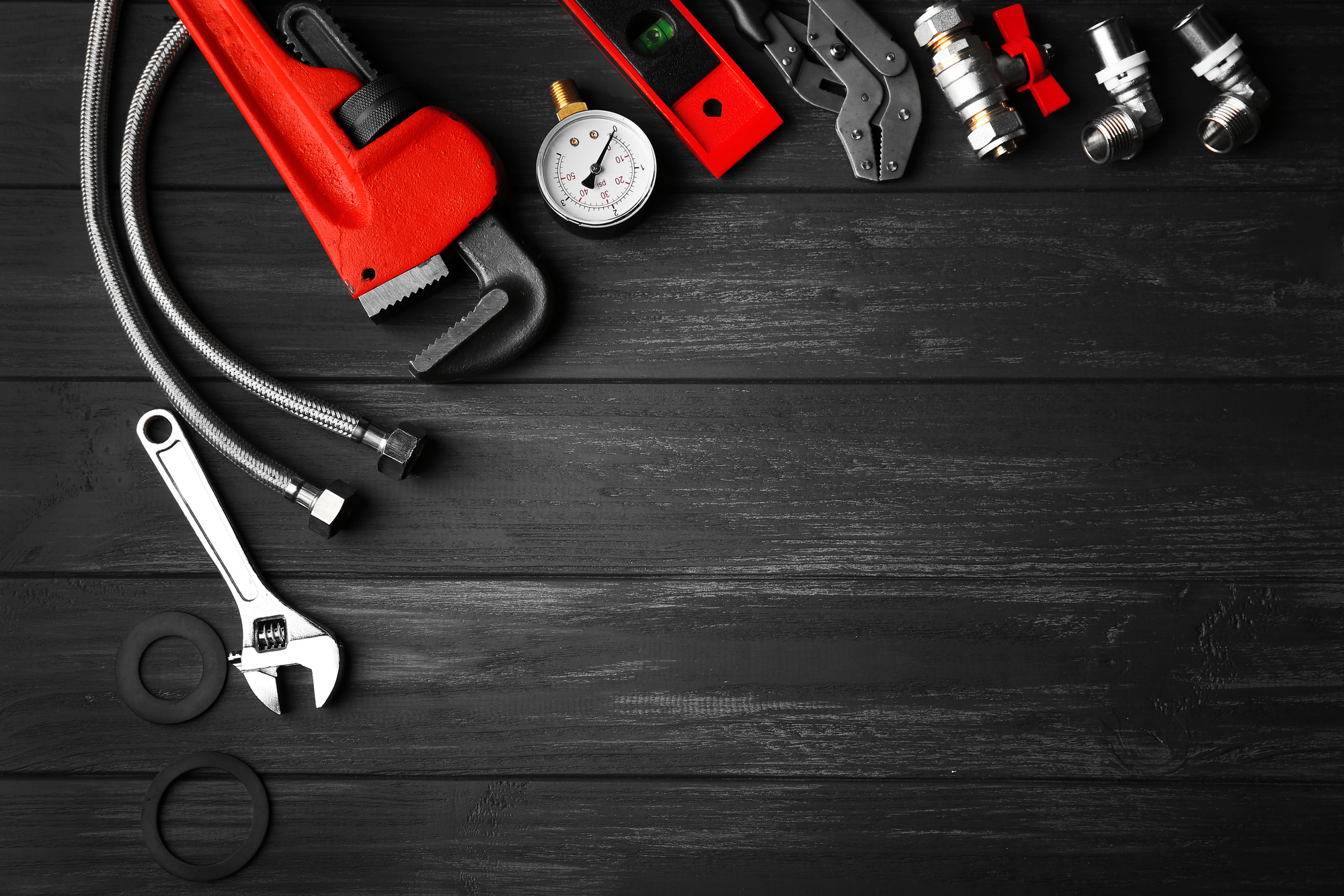
4. Heat the joint.
Using a torch or a brazing machine, heat the joint until the brazing material melts and flows into the joint. Be careful not to overheat the joint, as this can cause the metals to warp or deform. Use a heat shield or a wet cloth to protect any nearby components that may be damaged by the heat.
5. Allow the joint to cool.
After brazing, allow the joint to cool slowly. This will help to ensure that the brazing material solidifies properly and creates a strong bond between the metals.
By following these steps, you can successfully join steel and copper using brazing techniques. This will help to create a strong, durable, and reliable plumbing system that is resistant to leaks and corrosion.
Of course, if you are not experienced with brazing or plumbing, it is always best to consult with a professional plumber. At Ace Plumbing Repair, we have the skills, tools, and experience necessary to handle all of your plumbing needs, from steel to copper brazing to full system installations. Contact us today to learn more!

